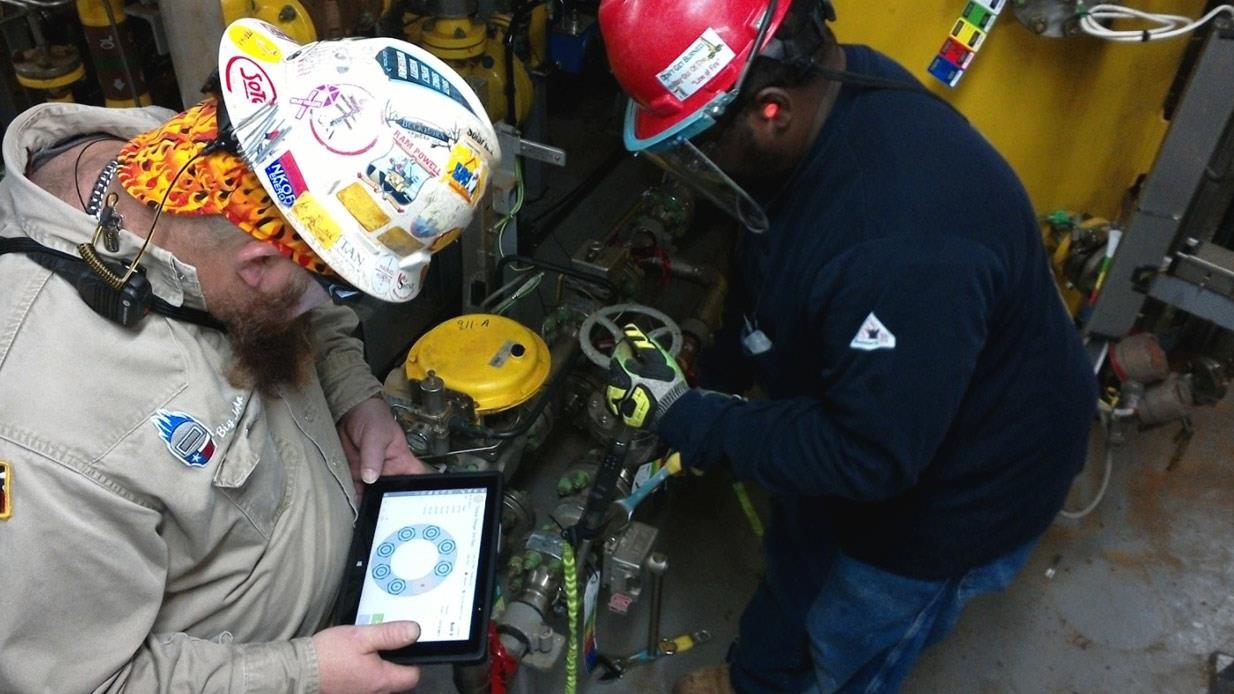3 Keys for Implementing the IIoT
Tags: IIoT

Aging infrastructure, cost pressures, fluctuating margins and regulatory scrutiny are all driving the need for more efficient and capable maintenance technologies. Fortunately, digitalization can dramatically improve industrial maintenance with data analytics, predictive maintenance, artificial intelligence and connected infrastructure, but figuring out where to start can be the most difficult part of the process. One failed deployment of a new technology can sour managers on further efforts. This article will describe a few key steps that industrial facilities should take to ensure success as they begin their digital journey.
The Importance of the IIoT
The World Economic Forum estimates that “digital transformation in the oil and gas industry could unlock approximately $1.6 trillion of value for the industry, its customers and wider society.” In light of these changes, digital spending in the industry is expected to grow to more than $30 billion per year in the next five to 10 years. These digitalization efforts are part of the larger Fourth Industrial Revolution, a technological revolution that is changing the way our society lives and works.
A key element of the Fourth Industrial Revolution is the internet of things (IoT), the network of interconnected computing devices embedded in everyday objects such as cars and appliances. The IoT is expected to generate between $4 and $11 trillion in value over the next five years, a significant portion of which will come from applications in the industrial internet of things (IIoT).
Data-rich and time-sensitive industries have much to gain from unlocking the potential of the IIoT. Oil and gas companies are sitting on immense data pools in their upstream and downstream assets, but this data is hidden by processes that are siloed and paper-based, provide little real-time data, and offer little accountability at the individual worker level. The lack of data transparency results in accidents, rework and unplanned downtime, which costs facilities tens of billions of dollars each year. The IIoT can help leverage new sources of data to improve maintenance processes and realize substantial cost savings.
Why Industry Is Behind in Digitization
Digital technologies are not new. Companies started using these technologies in the 1980s to better understand production potential, improve health and safety, and boost operational efficiencies. However, in recent years, some industries have lagged far behind others on the road to digitalization.
Adoption of the IIoT and other digital technologies is often inhibited by outdated regulatory frameworks, a lack of standardization in data formats, an inability to share information across the ecosystem, and a generally conservative or cost-oriented mindset among industry leaders. Because of these outdated operating models, data is frequently stranded and not connected to internal management systems. As senior leaders with decades of expertise retire, digitalization is all the more important to help bridge the technology and experience gaps.
How to Implement IIoT Solutions
The IIoT is best thought of as the interface between the physical and virtual world. When personnel are in the field, they can use their devices — whether a smartphone, tablet or augmented-reality glasses — to see a representation of the data hidden in plain sight right before their eyes.
Nevertheless, adoption of IIoT tools will remain low unless these systems are designed so that anyone can use them with minimal training. If a data scientist must be sitting in the plant, you have a poorly designed system.
There are three keys that can make IIoT adoption easier: a data structure, connectivity and an ecosystem of plant-to-person interfaces.
Data Structure
Start with a data structure. All systems should be identified using a consistent naming convention. This data should also be in a format that can be easily digitized, not locked away in a filing cabinet.
Connectivity
There must be consistent and reliable connectivity throughout the facility. This can be a Wi-Fi network, a readily available long-term evolution (LTE) accessed by mobile devices, or a means of working in an offline mode and then collecting and syncing data stored on devices at regular intervals.
Ecosystem of Plant-to-Person Interfaces
With remote monitoring now possible, the third and final step is to develop an ecosystem to manage data and provide valuable insights. Companies will need common dashboards to integrate, display and analyze data from the field, as well as plant-to-person interfaces like smartphones and tablets that are readily available and easy to use.
Once your data is digitized and easily accessible, the benefits will become quickly apparent to everyone in the organization, not just the facility owners. From improved operational efficiency and better communication between owners and contractors to reduced environmental and safety risks, the data transparency from integrating connected devices helps nearly everyone.
Moving forward, industrial plants cannot afford to miss out on the opportunities that come from using data and technology in a meaningful way. The road to digitization is inevitable, but speeding up the pace can significantly improve efficiency and safety.
About the Author
Matthew Kleiman is the co-founder and CEO of Cumulus Digital Systems. He can be reached via email at cumulus@meetkickstand.com.